Wireless Distribution System Vs Mesh
Wireless distribution system vs mesh. A mesh network is designed to blanket your entire home with WiFi coverage. Mesh might not be quite as easy because there needs to be a backhaul channel managing communication between the nodes. If youre looking to push your wireless signal out to all parts of your home a wireless access point can help.
Rather than adding another signal wireless. WDS Wireless Distribution System is a system that allows interconnection between the Access Point AP. List of the Disadvantages of Mesh Topology.
If you do need some help extending your Wi-Fi youll have to choose between a range extender and a mesh system. WDS stands for Wireless Distribution System and is a feature supported by an increasing number of 80211 access points. WDS Wireless Distribution System connects one or more routers to a main router to wirelessly share internet allows roaming between routers.
Wi-Fi extenders typically connect to. A WiFi mesh network is a system composed of multiple mesh nodes commonly referred to as points mesh extenders or satellites that work together as. Read iw WDS documentation for details on how to enable this.
The main RF Mesh benefit is that it can connect utility customers with smart grid systems in the densest and most complicated urban environments while having the functionality to communicate with more traditional grid systems whether fiber optics or cell. A superior option would be a wireless mesh such as the 80211s mesh in OpenWrt or mesh functionality. It allows a wireless network to be expanded using multiple access points without the traditional requirement for a wired backbone to link them.
A globally recognized wireless network model the RF Mesh consists of flexible radio nodes that operate in a self-guided resilient manner. Wireless mesh systems might be all the rage but are they really a massive improvement over a standalone router. This system is used to extend the range of the wireless area using multiple devices APs into a single entity without building a network backbone.
WDS wireless distribution system WDS is one way to extend a wireless network by adding an additional wireless router. The cost to implement mesh topology is higher than other selections.
What is wireless distribution system WDS.
Mesh networking is the newest form of wireless internet. Simply put it enables single-radio. List of the Disadvantages of Mesh Topology. A mesh network is designed to blanket your entire home with WiFi coverage. The list of equipment that you need for a. WDS Wireless Distribution System is a system that allows interconnection between the Access Point AP. The main RF Mesh benefit is that it can connect utility customers with smart grid systems in the densest and most complicated urban environments while having the functionality to communicate with more traditional grid systems whether fiber optics or cell. WDS Wireless Distribution System connects one or more routers to a main router to wirelessly share internet allows roaming between routers. Our team use wireless surveys as part of the planning phase to be able to design a network tailored to business requirements.
Terms in building a network of WDS is the AP must use a Band Frequency and the same SSID. WDS stands for Wireless Distribution System and is a feature supported by an increasing number of 80211 access points. Host router the main router connected to the internet to share with clients. List of the Disadvantages of Mesh Topology. What is wireless distribution system WDS. If youre looking to push your wireless signal out to all parts of your home a wireless access point can help. Subnet the octets of an IP address selected by the subnet mask eg.




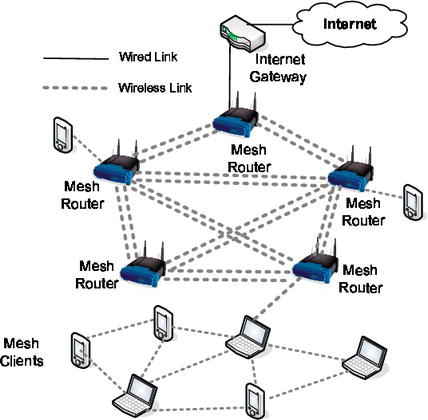

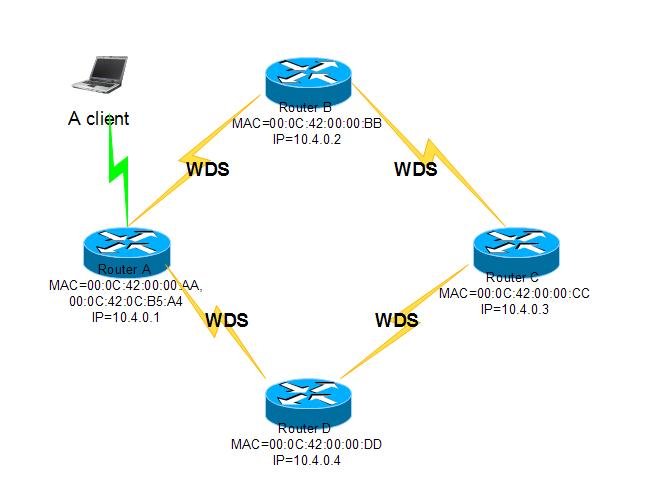

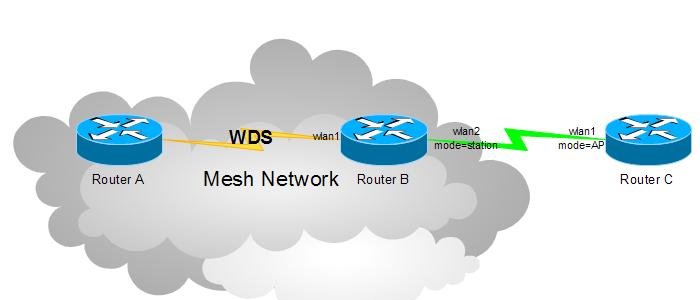





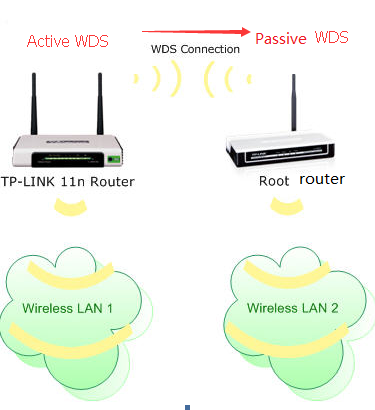
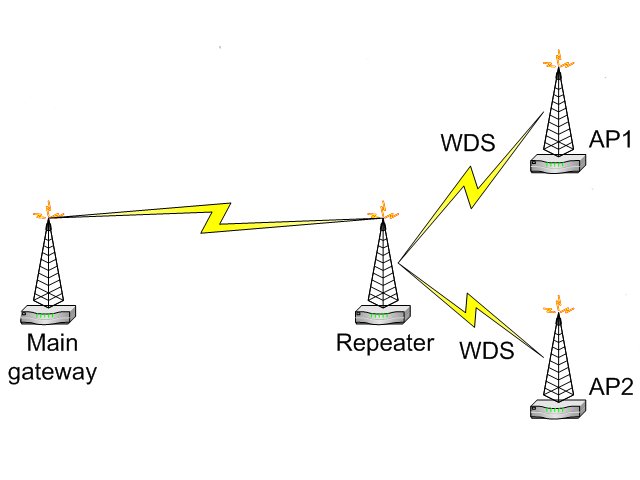

.png)



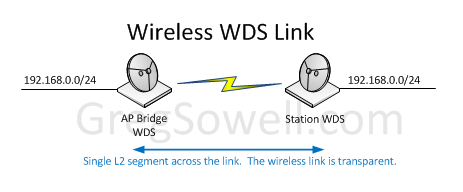

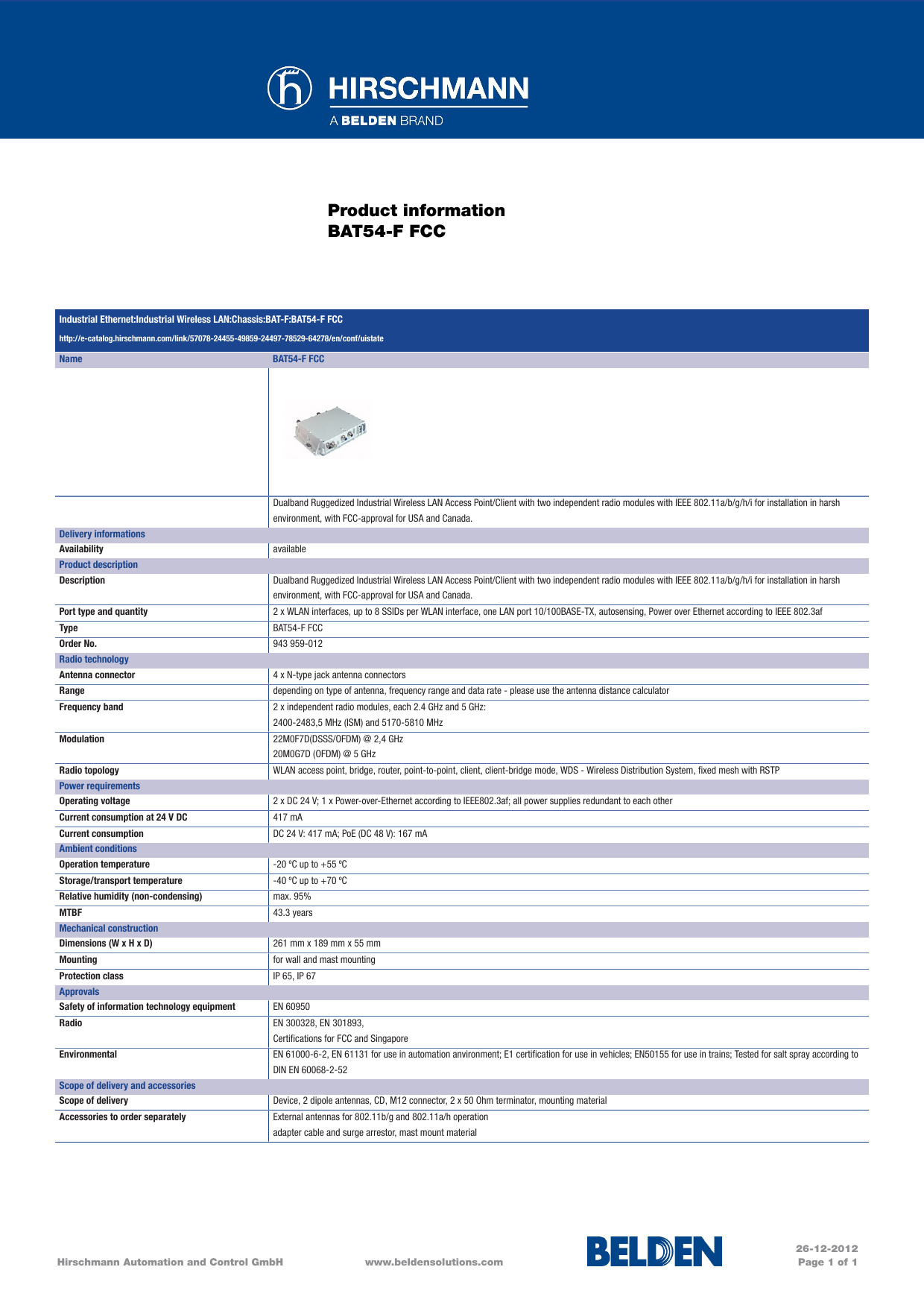





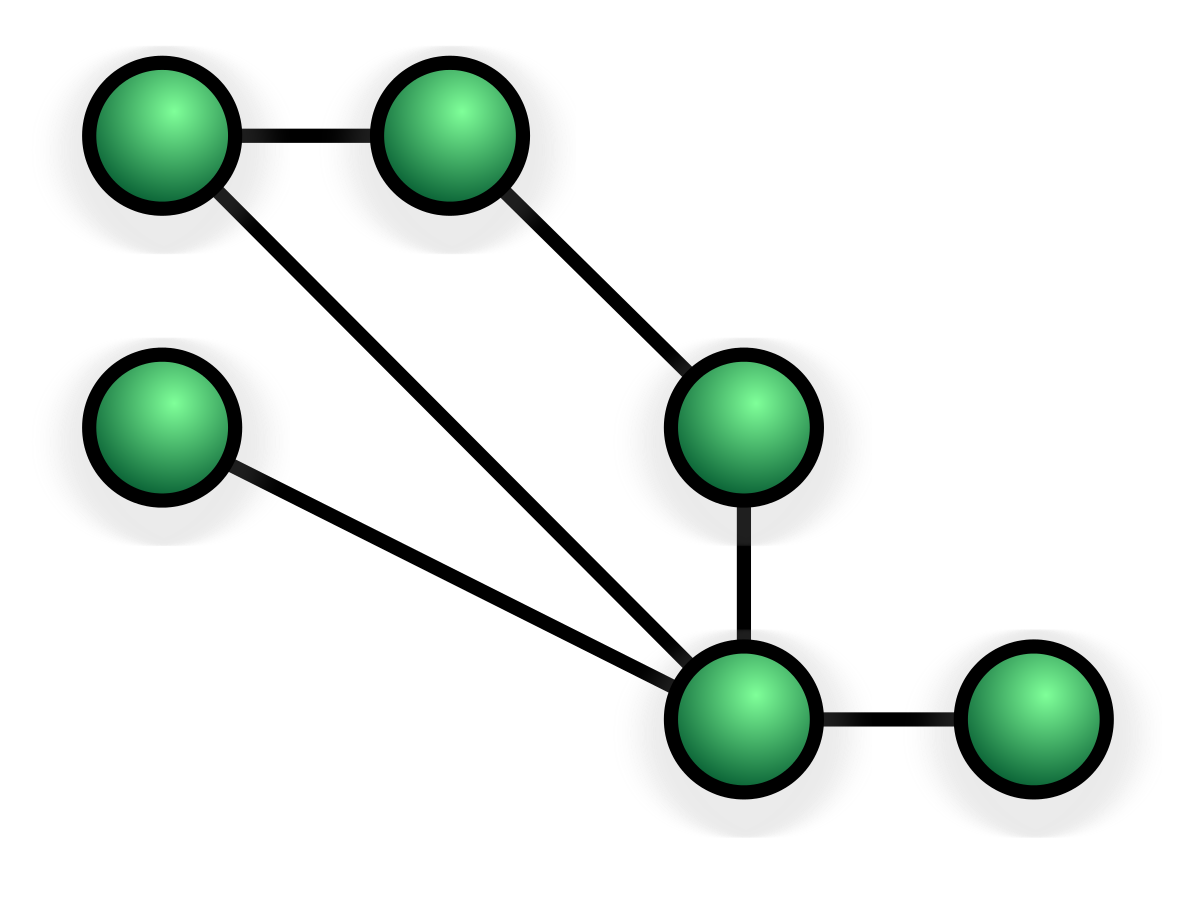






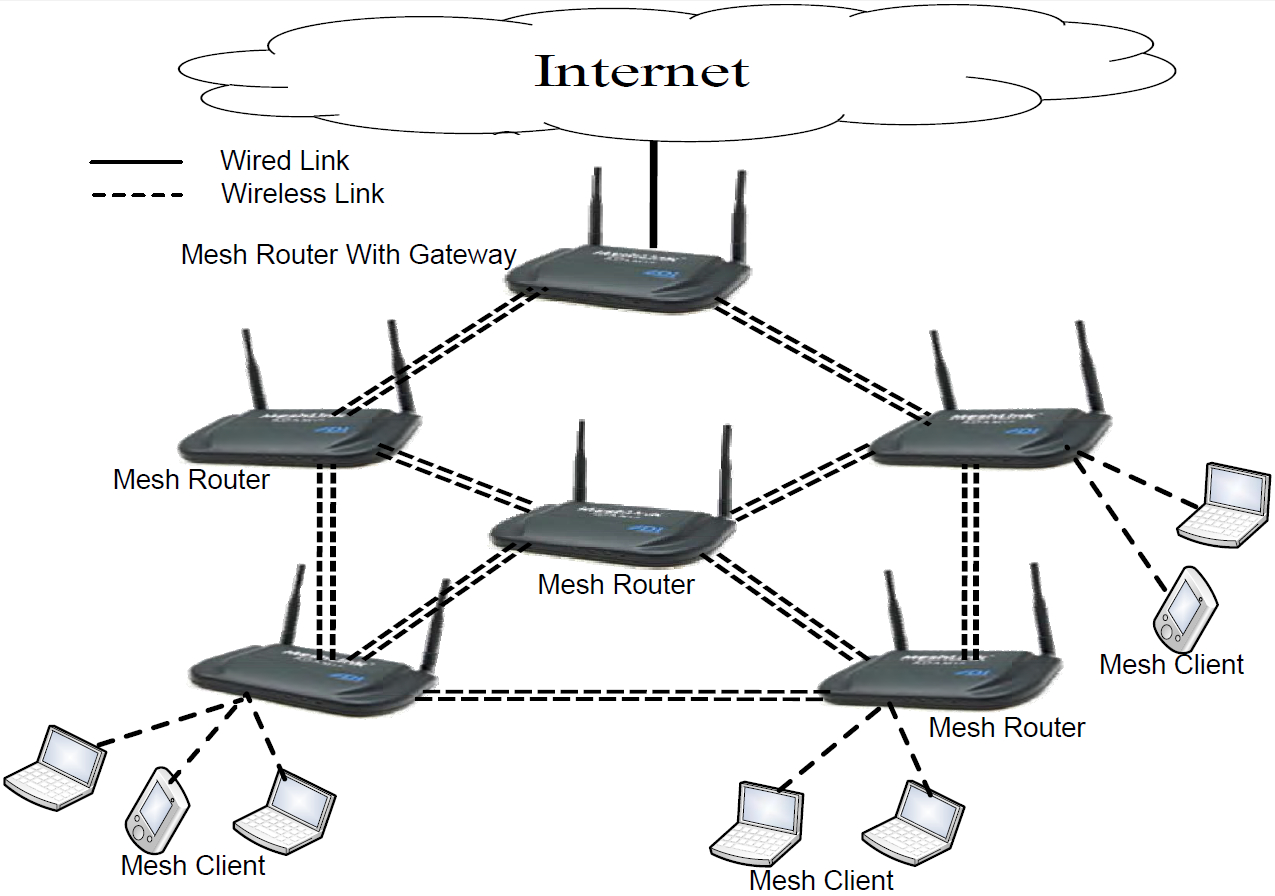







Post a Comment for "Wireless Distribution System Vs Mesh"